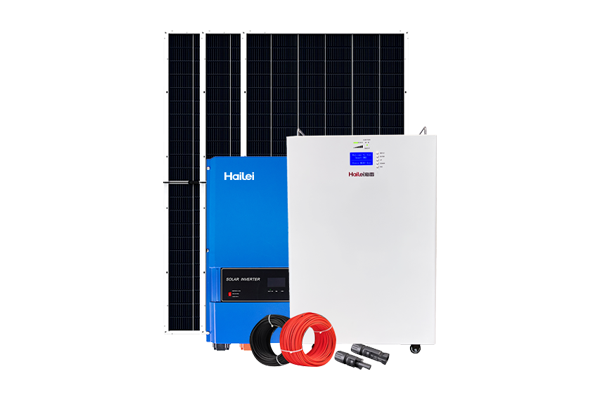Time:Dec 14, 2022 Views:685
In terms of the lithium-ion battery material industry, the growth rate was about 3%~5% in the past, which was a moderate growth industry. In 2009, due to the increasingly mature notebook computer and battery markets such as mobile phones, and the rising price of cobalt and other positive materials related metal materials, the global lithium-ion battery material market sales value in 2009 increased by 16.2% compared with 2008, reaching 3.39 billion US dollars, in which, The sales value of positive materials is about 1.81 billion dollars. According to the forecast of the global market size of lithium-ion battery materials from 2009 to 2013 released by the Industrial Research Institute at the exhibition

The market of portable electronics (mobile phones and notebooks) is gradually maturing, and the cathode materials of this part will tend to be stable in the future. However, under the trend of rapid development of power energy, the important market growth force depends on the growth rate of electric vehicles in the next five years. Based on the flat growth figures of the electric vehicle market, it is estimated that the lithium ion battery cathode material market will grow to 2.16 billion dollars in 2013 due to the electric vehicle market. According to the relevant survey (2010 'CIBF), we can't simply distinguish the global cathode material market from domestic and foreign markets. On the whole, the market is gradually moving towards Evergrande. Because the cathode materials involve the battery quality, more and more well-known battery manufacturers have obtained cathode materials in recent years by in-house manufacturing or purchasing from a single supplier. In 2009, the top five manufacturers of cathode materials for lithium-ion batteries in the world were Umicore, Nihonya Chemical, Toda Industry, BYD and AGCSeimiChemical in order. Other manufacturers of cathode materials, including Japanese Chemical, Honzhuang Chemical, Nihon Electric, Zhengtong Chemical and Mitsubishi Chemical, accounted for about 37%. Among them, Umicore has become the largest manufacturer in terms of its overall market share, surpassing that of Japan and Asia, due to its new output, its success in obtaining new customers in the lithium cobalt material market, and the supply relationship between SDI and LGC; Riyahua has been supplying Sanyo motors with cathode materials for a long time, and recently started to invest in the ternary system market; However, BYD, the largest user and manufacturer in China, is basically made by itself, which has a market share of about 3% just because it supplies its downstream products. From the perspective of production and sales regions, in 2009, the production and sales of lithium ion batteries were still concentrated in Asia. Japan is still the most important country in the production and sales of cathode materials. Although the manufacturing and export of lithium ion batteries are declining year by year in Japan due to the high production costs, nearly 67% of the cathode materials of lithium ion batteries are still produced in Japan, and China and other Asian regions only account for 19% and 14%. As for the distribution of sales regions, Japan is still the country with the highest proportion of sales regions, and China, other Asian regions, North America and other places are in order, because the downstream battery manufacturers are still mostly Japanese.

X

Appointment Experience